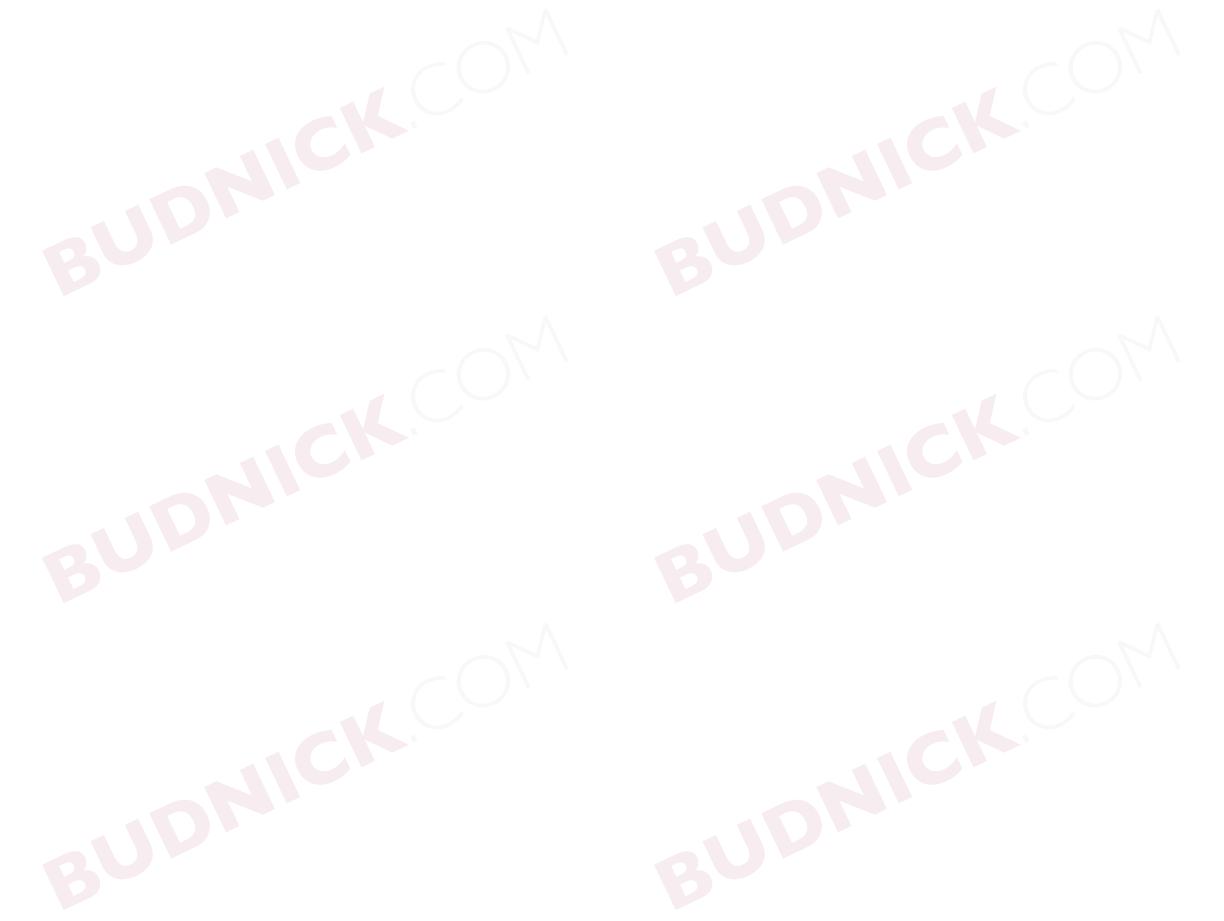



10 Questions to Ask Yourself Before Bonding

- What materials am I bonding?
Assess the compatibility between the adhesive and the materials being bonded. This can affect everything from the adhesive type and coating weight to the material carrying the adhesive - thinner, thicker, conformable, etc.
- Do I need a structural bond?
Consider the anticipated load or stress that the bond will experience, and the amount of time the bond will need to last. Choose an adhesive tape with the appropriate strength and durability.
- Can I thoroughly clean the surface, or do I need a specialized primer?
To form the best bond, both surfaces should be cleaned thoroughly (generally with a clean cloth and isopropyl alcohol) before bonding. If your application situation makes it difficult to achieve a clean surface, you may want to consider using an adhesive primer to enhance the bond of the adhesive to the surface.
- What type of stress will my bond be subjected to on a regular basis?
If your bond could be strongly affected by shear forces, like a sign on a wall or will be exposed to high winds, you'll need to make sure you choose a tape that is designed to withstand all those elements.
- What environmental conditions does my project need to withstand?
If your project is going to be exposed to prolonged UV rays, humidity, extreme cold, chemicals, etc., it's important to make sure you're using a tape that can hold up under those conditions. Manufacturers will state on product datasheets if a product can withstand various conditions, and to what extent.
- Do I need to fill a gap?
A gap can be anything from a rough surface that will make achieving a full bond difficult or if there is a space between your two surfaces that needs to be filled. Rough surfaces benefit from tapes with heavier coatings of adhesive that can flow between the peaks and valleys of a surface to fill and bond completely. Larger gaps could benefit from thicker foam tapes that can fill and sometimes seal that space.
- Do I need time to reposition the tape before it fully bonds?
Some tapes form an immediate bond, but some structural adhesives like foamed acrylics can take up to 72 hours to form a fully cured, resistant bond. You might require a tape that allows for precise positioning, as it isn’t assured that you will perfectly position it on the first try. Some tapes have a lower initial tack (how immediately sticky it is) that can be positioned perfectly before curing to the surface.
- How strong is the substrate I’m bonding to?
If the substrate fails before the bond, it indicates that the bond itself is strong enough for your application.
- How will I apply the tape?
Adhesive application requires 15lbs of even pressure to form a bond. For hand applications, this can be obtained easily by a J-Roller across the surface. If you are applying your adhesive in-line with another process you may want to look at improvements to your process - machine-length rolls (1,000yd or more) can decrease the number of stops-and-starts - and spools can create extremely long rolls of tape (up to 30,000yd or more) to decrease that number further.
- What am I using now?
What you’re currently using plays a big role in the process of choosing a new tape for your application. What are the benefits of your current process, and what do you want to improve? Focus on finding a tape solution that can improve in the areas needed while maintaining the benefits of your current product.
Click here to view Budnick’s full assortment of double sided tapes. For high bond double sided tapes, click here.